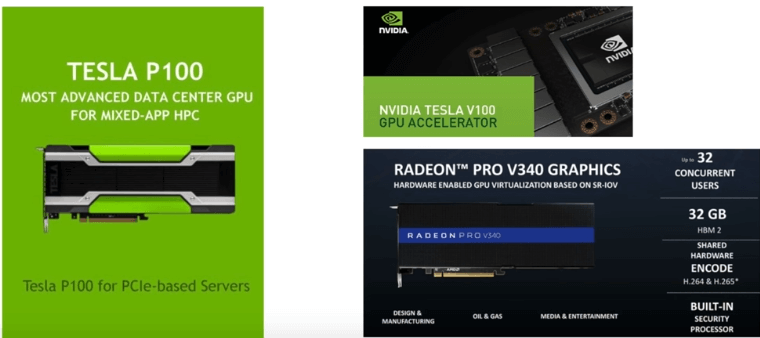It is great to see that VMware is still investing a lot in its VDI offer with a rather aggressive roadmap. The version 7.4 of Horizon was released at the very beginning of 2018, closely followed by 7.5 at the end of May 2018 which brought support for vSphere 6.7 and a fully featured HTML5 client. It didn’t take long for VMware to roll out the latest version 7.6 which brings a whole new lot of improvements, along with UEM 9.5.0 and App Volumes 2.14.2.
Let’s take a look at the main new features and improvement about Horizon 7.6:
- Horizon 7 Cloud Connector
You can use VMware Horizon 7 Cloud Connector to manage subscription licenses to a Horizon Cloud node hosted on the VMware Horizon Cloud Service. A subscription license removes the need to keep, retrieve, or manually enter a license key for product activation. The appliance is deployed as an OVF and runs Photon OS. Note that it needs outbound access on port 443 to Cloud. The revalidation is done every 10 days and a renewal is issued in the Admin console of Horizon. Pretty neat.

- VMware Cloud on AWS integration
New features have been added to Horizon for VMware cloud on AWS on top of new VMC 1.5 features. The most visible ones are:
- User Environment Manager
- App Volumes (no mount on host and no user writable volume)
- Instant clones

- Blast
Extended IPv6 compatibility for UAG, adaptive transport with IPv6.
Improved data compression with HEVC (H.265) and added support for 8K.
Quality of service features.
- GPU support
NVidia Tesla P100/V100 and AMD Radeon Pro V340.

- Compatibility
Compatible with vSphere 6.5 update 2.
Ubuntu 18.04, RHEL/CentOS 6.10 and 7.5 (Now supported with true single sign on).
RHEL 7.1 and higher now support instant clones.
- Horizon client 4.9
New GPOs to configure Clipboard redirection activity into Windows Events logs and Management of display scaling.
Added possibility to configure a keyboard shortcut in the client to switch display settings (great for international environments with many keyboard layouts).
If a Windows client device has an RDS per-device CAL, it always presents that license. Windows clients that have earlier Horizon Client versions present a license only if they have a license for the specific pod.
You can no longer configure RDS Per-Device CAL storage options in Horizon Administrator. RDS Per-Device CALs are now stored only on the client device by default.
Improved live streaming with the HTML5 multimedia redirection feature.
GPS location redirection in Internet Explorer can now use the client’s GPS geolocation. This can be managed by a new GPO.
Improvements to Skype for business integration. The Virtualization Pack for Skype for Business checks for proxy settings on the Horizon Client for Windows system, and uses those settings for media traffic.
Improved client drive redirection (now faster for small files and only display drives in network location by default).
Improvements to iOS, Android, Mac OS, Linux and Chrome native clients.
Conclusion
2018 certainly is a busy year for the EUC team over at VMware as we entered September with the third release. As always if you planned to upgrade your environment, make sure that you do it by the book by reading Horizon 7 Upgrade to avoid any unwanted surprises.
Follow our Twitter and Facebook feeds for new releases, updates, insightful posts and more.



Leave A Comment